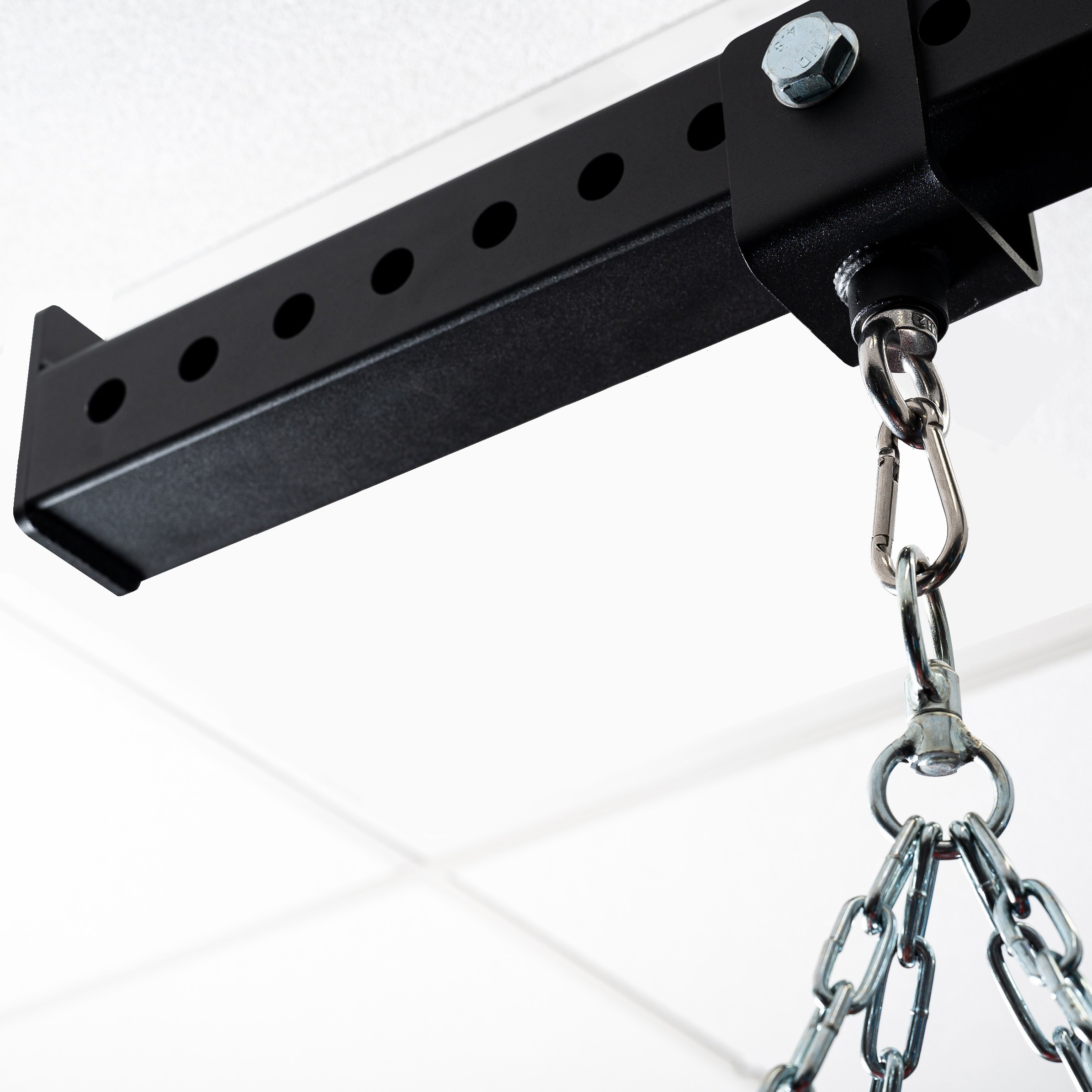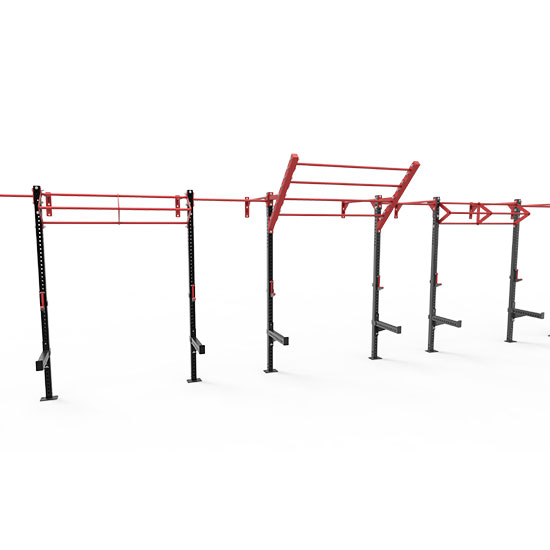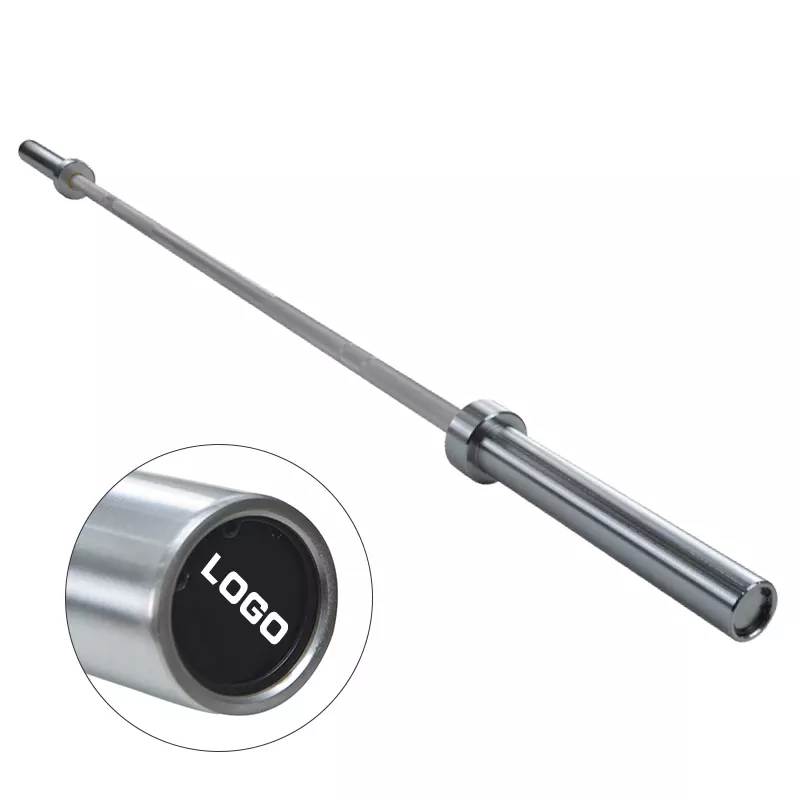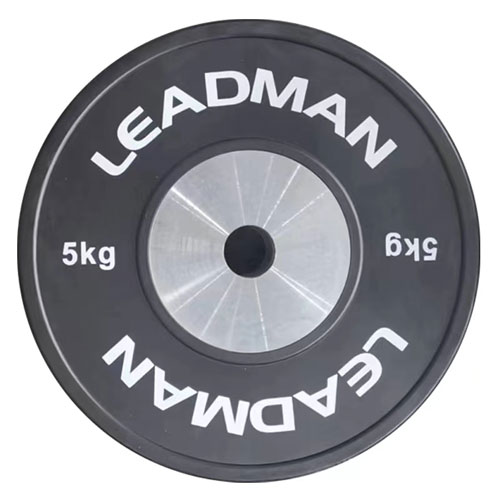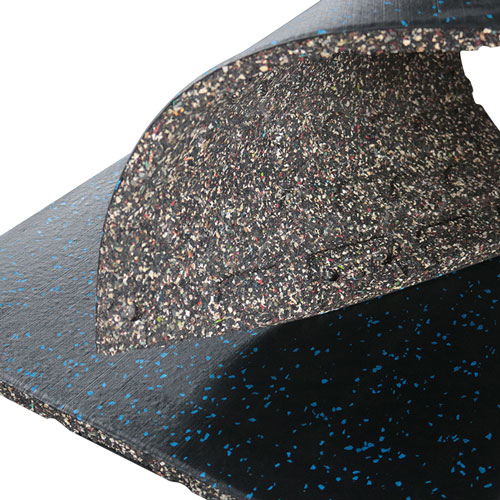安いヨガマットと高いヨガマットの違いとは?
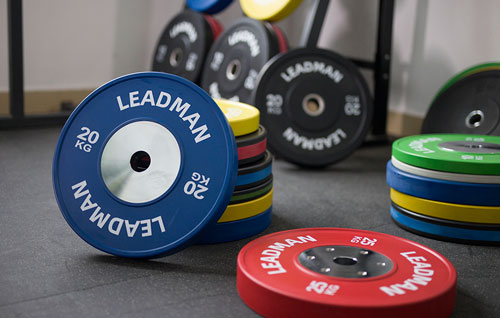
Remember that first yoga class? The excitement, the anticipation… then the unsettling feeling of your feet slipping on the mat during downward-facing dog, followed by a nagging knee ache from the paper-thin cushioning? That, my friends, was the yoga mat dilemma in action. The seemingly simple piece of equipment can significantly impact your practice, and choosing the wrong one can lead to discomfort, injury, and ultimately, a less enjoyable experience. While the price difference between yoga mats can be significant, the value proposition extends far beyond the initial cost. This post will explore the key distinctions between cheap and expensive mats to help you choose the right one for your needs and budget.
素材の問題練習の基礎
The material of your yoga mat is the cornerstone of its performance. Different materials offer varying levels of grip, cushioning, durability, and environmental impact. Let's delve into some of the most common options:
PVC(ポリ塩化ビニル): PVC is ubiquitous in budget-friendly yoga mats. Its pros are undeniable: it's incredibly affordable and generally durable. However, PVC's cons outweigh its advantages for many practitioners. It's a non-biodegradable plastic, contributing to environmental pollution. More importantly, its slick surface often loses grip when wet, making it dangerous for sweaty practices like Bikram or hot yoga. The lack of cushioning also adds to discomfort during longer sessions.
TPE(熱可塑性エラストマー): TPE is a more eco-friendly alternative to PVC. It's often touted as a sustainable option because it's recyclable and made from a blend of plastics rather than a single petroleum-based component. TPE mats usually provide decent cushioning and are generally more comfortable than PVC. However, they may not be as durable as natural rubber and can sometimes lose grip over time, especially with heavy use.
天然ゴム: Natural rubber mats offer superior grip, especially when sweaty, making them ideal for hot yoga and vigorous practices. They're naturally absorbent and often quite durable. From a sustainability standpoint, responsibly sourced natural rubber is a winner. However, natural rubber can be pricier than PVC or TPE. It might also have a strong initial odor that dissipates over time, and it's susceptible to mildew if not properly cleaned and stored.
その他の材料: A growing number of innovative materials are entering the yoga mat market. Cork mats offer excellent grip and are naturally antimicrobial, reducing the risk of mildew. However, they tend to be less durable and can be sensitive to moisture. Jute mats are another eco-friendly option, but their lack of cushioning and grip limits their suitability for certain practices. Microfiber mats are lightweight and easy to clean, but might not provide sufficient cushioning or grip for all styles.
グリップと安定性:流れの中で動じない
Grip is paramount for safety and the overall quality of your practice. A mat that slips during challenging poses can lead to injury and frustration. Cheap mats, often made of PVC, often lack sufficient grip, particularly when your skin is wet with sweat. The surface might be smooth and offer little friction, leading to instability. In contrast, higher-quality mats made of natural rubber or textured TPE offer significantly enhanced grip, keeping you securely grounded even during intense flows. The texture plays a crucial role here: deeply textured surfaces provide more points of contact, enhancing grip and stability.
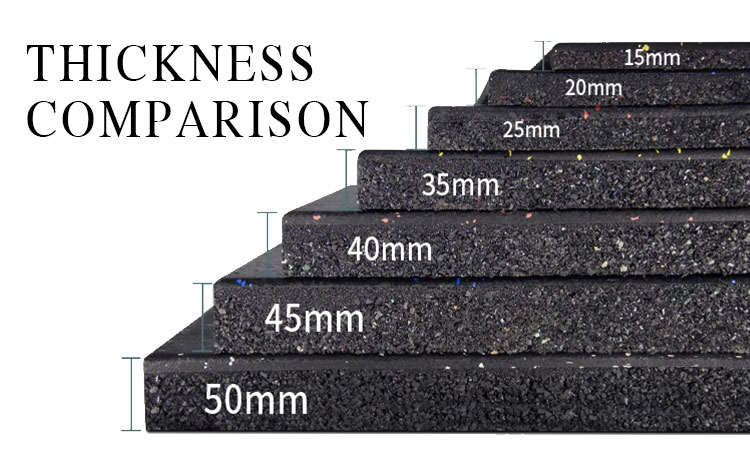
厚さの比較
クッション性と快適性:関節を守る
The thickness of your yoga mat is directly correlated to its cushioning. Thinner, cheaper mats offer minimal joint protection, potentially leading to discomfort or even injury during poses that place pressure on knees, hips, elbows, and wrists. Thicker, more expensive mats provide superior cushioning, absorbing impact and reducing strain on your joints. This difference is particularly noticeable during longer practices, where joint discomfort can significantly impair your performance and enjoyment. High-density foam provides superior cushioning compared to thinner, less dense alternatives.
耐久性と長寿:長期投資
While a cheap mat might seem like a budget-friendly option upfront, its lack of durability translates to higher long-term costs. Cheap mats are prone to tearing, ripping, and general wear and tear, requiring frequent replacements. Higher-quality mats, on the other hand, are designed to withstand intense use and maintain their integrity over time. Consider the "cost per use": a more expensive mat that lasts for years might actually be cheaper in the long run than repeatedly replacing cheaper mats. Look for mats with reinforced edges to prevent fraying and tearing.
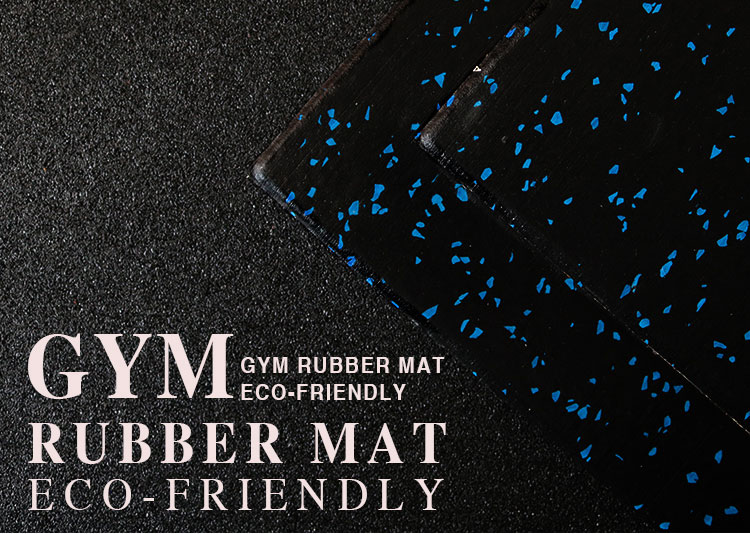
ジムラバーマット
環境に優しい選択肢持続可能な選択
The environmental impact of your yoga mat should be a key consideration. PVC production and disposal contribute significantly to pollution. Opting for eco-friendly materials like TPE, natural rubber (sourced responsibly), or cork reduces your environmental footprint. Look for certifications such as OEKO-TEX Standard 100, which guarantees the absence of harmful substances in textiles and ensures that manufacturing processes adhere to stringent environmental standards.
サイズと重量正しいフィット感を見つける
Standard yoga mat sizes generally range from 72 inches long and 24 inches wide, though variations exist. Taller individuals might prefer extra-long mats. Consider your height and practice style when choosing a size. Weight is another factor to consider, especially if you plan to transport your mat regularly. Lighter mats are easier to carry, while heavier ones might offer increased stability. Travel mats are designed for portability and compactness.
クリーニングとメンテナンスマットの鮮度を保つ
Proper cleaning and maintenance are vital for prolonging the life of your yoga mat and preventing the growth of mildew. Always check the manufacturer's instructions for specific cleaning recommendations. Generally, you should avoid harsh chemicals and opt for mild soap and water. Regular cleaning not only removes sweat and dirt but also helps maintain grip. Proper storage in a dry, well-ventilated area is also crucial to prevent mildew and damage.
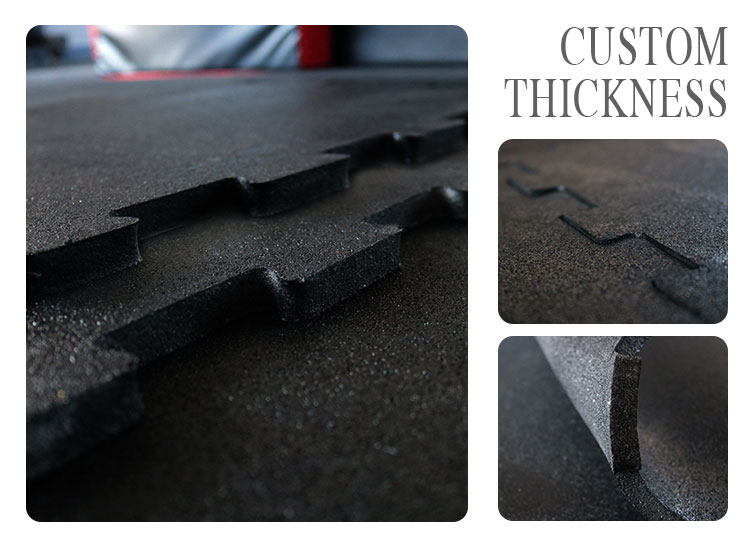
カスタム厚さ
価格帯の考察:価値と予算のバランス
Yoga mats range in price from under $20 for basic PVC mats to over $100 for high-end natural rubber or specialized mats. Understanding this price range is essential for informed decision-making. While budgeting is important, remember that investing in a high-quality mat can save money in the long run by reducing the need for frequent replacements. For budget-conscious consumers, TPE mats offer a good balance between price and performance. Those prioritizing grip and sustainability might choose a natural rubber mat, despite the higher cost.
結論自分に合ったヨガマットを選ぶ
The choice between a cheap and an expensive yoga mat boils down to a careful consideration of your individual needs and priorities. Cheap mats offer affordability but often compromise on grip, cushioning, durability, and environmental impact. Expensive mats offer superior performance in these areas, justifying the higher cost through longevity and enhanced practice quality. Ultimately, investing in a yoga mat that supports your practice, comfort, and well-being is a worthwhile investment. Choose wisely, and enjoy your flow!
ヨガマットの選び方とメンテナンスに関するFAQ
1.安いヨガマットと高いヨガマットの違いは?
安価なヨガマットはPVC製が多く、グリップ力やクッション性、耐久性に欠けることがあります。天然ゴムやTPEなどの高価なマットは、グリップ力が高く、快適で、長期的な耐久性があります。
2.プラクティスに適したヨガマットの選び方は?
素材(PVC、TPE、天然ゴム)、クッション性のための厚み、練習のタイプに合わせたグリップ力などの要素を考慮しましょう。ホットヨガや汗をかく練習には、天然ゴムのようなグリップ力に優れたマットを選びましょう。持続可能性を重視するのであれば、コルクやTPEのような環境に優しい素材がおすすめです。
3.ヨガマットを良い状態に保つには、どのようにメンテナンスすればよいですか?
定期的なクリーニングが重要です。マットを拭くときは刺激の少ない石鹸と水を使い、刺激の強い化学薬品は避けてください。カビを防ぐため、マットは乾燥した風通しの良い場所に保管してください。マットのお手入れ方法については、必ずメーカーの取扱説明書をご確認ください。
4.どんなヨガマットでも、どんな種類のヨガにも使えますか?
多くのマットは多用途に使えますが、ホットヨガやビクラムヨガのように、グリップ力と耐湿性に優れたマットが必要なヨガの種類もあります。このようなプラクティスには、天然ゴムやテクスチャーTPE製のマットが理想的です。リストラティブ・ヨガのような穏やかなプラクティスには、厚手でクッション性のあるマットが適しているかもしれません。

